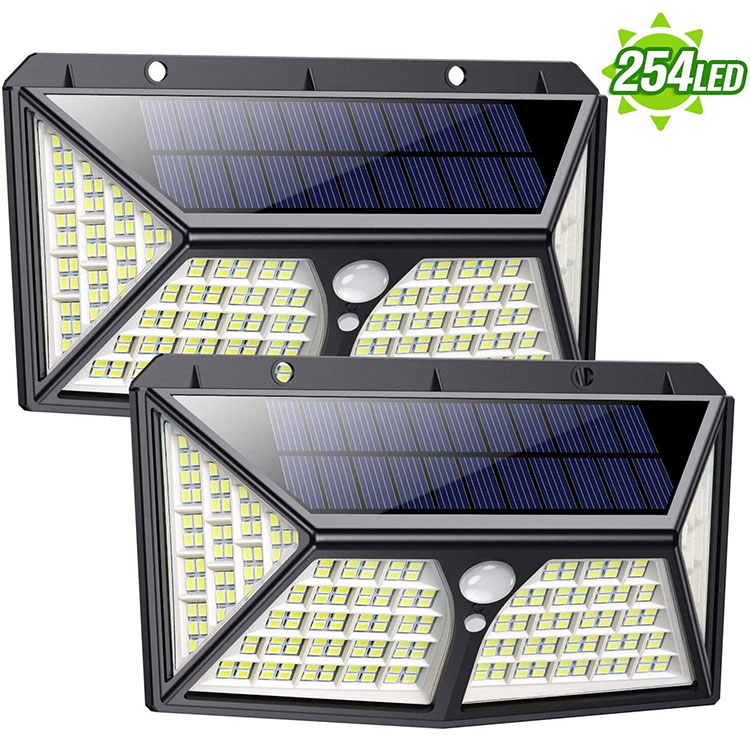time:2021-03-29 source:ZJ Lighting Views:173
According to the requirements and circuit methods of LED manufacturers, it is certain that LEDs should be connected in series or in parallel. Serial or parallel connection methods have their own advantages and disadvantages. Using the parallel connection method, only a low voltage needs to be applied to both ends of the LED. However, it is necessary to use a power supply or series resistance to ensure that the brightness of each LED is constant. Assuming that the bias current flowing through each light-emitting diode is different, its brightness will also be different, resulting in uneven brightness throughout.
LED light-emitting diode manufacturers phototransistors are photoelectric conversion devices. The basic principle is that when light is reflected on the PN junction, it absorbs light energy and converts it into electrical energy. When a reverse voltage is applied to the phototransistor, the reverse current in the tube changes with the light intensity. The greater the light intensity, the greater the reverse current, and most currents work in this state. Only the spectral characteristics of phototransistors made of different materials are different. The emission power of the infrared emitting tube is expressed by the irradiance μW/m2. The manufacturer's brief description. Apart from the structural characteristics of the spectrum triode similar to other triodes, it has another difference: that is, the phototransistor must have a photosensitive PN junction as the photosensitive surface, and The collector junction is usually used as a light-receiving junction, that is, the phototransistor corresponds to the connecting device between the base and the current collector.

When a light-emitting diode is disconnected, the connection mode of series connection is selected, and the other light-emitting diodes do not light up, but if one light-emitting diode is short-circuited, all other light-emitting diodes can light up. Select the parallel connection method. When one light-emitting diode is turned on, the other light-emitting diodes can light up. However, assuming that the light-emitting diodes are short-circuited, the entire circuit is also short-circuited. Not only LED light-emitting diode manufacturers, other LEDs can not work normally, but also damage the power supply equipment. In contrast, series circuits have advantages.
The emission power of the infrared emission tube is expressed in irradiance μW/m2. Generally, its infrared radiation power is proportional to the forward working current, but when it is close to the large nominal value of the forward current, the temperature of the device rises due to the heat consumption of the current, thereby reducing the luminous power. Assuming that the infrared diode current is too small will affect its radiation power, but if the operating current is too large, it will affect its life and cause the infrared diode to be burned. At present, the built-in heat dissipation system in the camera is very popular in the industry, which can make the camera stable and have a longer service life.